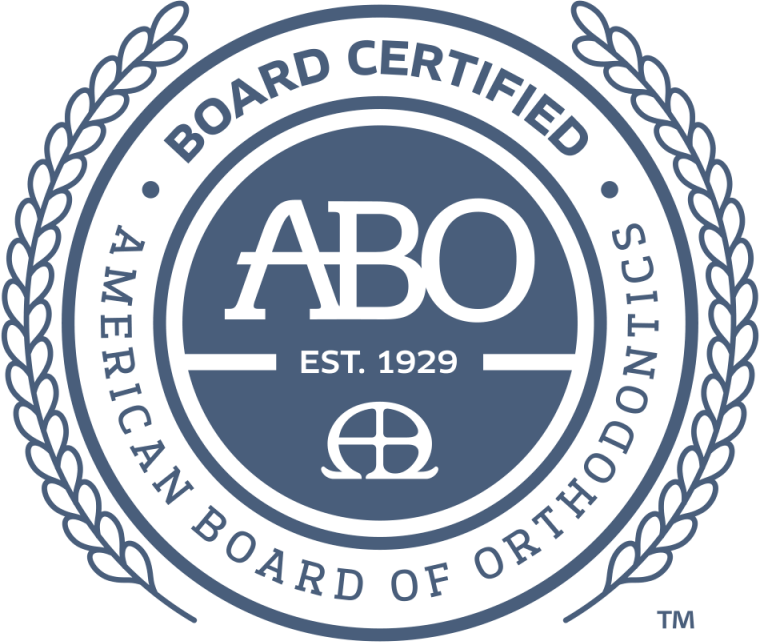Curious about the step-by-step dental crown procedure and what to expect? The dental crown procedure involves several stages, from initial consultation to the final placement, ensuring your tooth is restored to its full function and appearance.
Dental Crown Procedure: Initial Consultation and Examination
The dental crown procedure begins with an initial consultation and thorough examination. During this first visit, your dentist will assess the condition of your tooth to determine if a dental crown is the best solution. This involves taking X-rays to evaluate the roots of the tooth and surrounding bone. If there is extensive decay or risk of infection, a root canal treatment may be recommended before proceeding with the dental crown. Your dentist will also discuss your medical history and any concerns you may have, ensuring that you are a suitable candidate for the procedure.
Once the examination is complete, your dentist will explain the steps involved in the dental crown procedure and outline a treatment plan tailored to your needs. This is also the time to discuss the type of crown material that will be used, such as porcelain, ceramic, or metal. Understanding each step of the process can help alleviate any anxiety you might have about the procedure. For more information on what to expect after the procedure, including pain management tips, check out our guide on Managing Pain After Getting a Dental Crown.
Tooth Preparation Process
The dental crown procedure begins with the essential step of tooth preparation. During this phase, your dentist will carefully remove any decay and shape the tooth to ensure a perfect fit for the crown. This process is crucial for creating a stable foundation that will support the new crown and restore the tooth’s functionality and appearance. The dentist may also take impressions of your teeth to create a custom crown that matches your bite and natural tooth color.
Once the tooth is prepared, a temporary crown is often placed to protect the tooth while the permanent crown is being fabricated. This temporary solution allows you to maintain normal function and aesthetics until your next appointment. For more information on the dental crown procedure, visit our page on Top Dental Crowns Kennesaw.
Taking Dental Impressions
During the dental crown procedure, taking dental impressions is a crucial step that ensures the crown fits perfectly over your tooth. The dentist will use a putty-like material to create a mold of your teeth, capturing every detail of the tooth that needs the crown as well as the surrounding teeth. This mold is then sent to a dental lab where the custom crown is crafted to match the exact shape and size needed for a precise fit. Accurate dental impressions are essential for the success of the dental crown procedure, ensuring comfort and functionality once the crown is placed.
Temporary Crown Placement
During the dental crown procedure, after your tooth has been prepared and an impression has been taken, a temporary crown is placed to protect the tooth while the permanent crown is being crafted. This temporary crown is typically made from acrylic or composite material and is designed to cover the prepared tooth, ensuring it remains functional and protected from sensitivity or damage. It’s important to remember that this temporary solution is not as durable as the final crown, but it serves its purpose well during the interim period. For more information on dental procedures, visit Dentistry & Orthodontics at Kennesaw Point by clicking on this Kennesaw Dentist.
Permanent Crown Fabrication
During the dental crown procedure, the permanent crown fabrication is a crucial step that ensures a perfect fit and natural appearance. After the initial preparation and impression of your tooth, the dental lab will create a custom-made crown designed to match the shape, size, and color of your natural teeth. This process typically involves advanced technology and skilled craftsmanship to produce a durable and aesthetically pleasing crown. Once the permanent crown is ready, it will be carefully placed and adjusted to ensure proper alignment and comfort, completing the dental crown procedure.
Fitting the Permanent Crown
The final step in the dental crown procedure is fitting the permanent crown. During this visit, your dentist will remove the temporary crown and clean the area to ensure a perfect fit for the permanent one. The dentist will then place the permanent crown over your tooth and check for proper alignment and bite. Adjustments may be made to ensure comfort and functionality. Once everything is perfect, the crown is cemented into place, completing the dental crown procedure and restoring your tooth’s appearance and strength.
Adjusting the Crown Fit
Once the dental crown is crafted, the next crucial step in the dental crown procedure is adjusting the crown fit. Your dentist will place the crown over your tooth to check its fit and alignment. This step ensures that the crown sits comfortably and functions properly with your bite. Minor adjustments may be made to the crown’s shape or size to achieve a perfect fit. This meticulous process is essential to prevent any discomfort and to ensure the longevity of the dental crown. By carefully adjusting the crown fit, your dentist ensures that the final restoration feels natural and blends seamlessly with your existing teeth.
Cementing the Crown
The final step in the dental crown procedure is cementing the crown. Once your dentist ensures that the crown fits perfectly and matches the color of your natural teeth, they will use a special dental adhesive to secure it in place. This adhesive is designed to provide a strong bond, ensuring that the crown remains stable and functional for many years. The dentist will carefully remove any excess cement and make any necessary adjustments to ensure your bite feels comfortable. After this step, your dental crown procedure is complete, and you can enjoy a restored, natural-looking smile.
Post-Procedure Care Instructions
After undergoing a dental crown procedure, it’s crucial to follow specific post-procedure care instructions to ensure optimal healing and longevity of your new crown. Immediately after the procedure, avoid eating until the numbness from the anesthesia wears off to prevent accidental biting of your tongue or cheek. For the first 24 hours, stick to soft foods and avoid chewing on the side of your mouth where the crown was placed. Maintain excellent oral hygiene by brushing twice daily and flossing carefully around the crown to prevent plaque buildup. If you experience any discomfort or sensitivity, over-the-counter pain relievers can help, but persistent pain should be reported to your dentist. By adhering to these guidelines, you can ensure that your dental crown procedure results in a healthy, long-lasting restoration.
Conclusion
Understanding the dental crown procedure can help ease any concerns you may have. For more information, call 678-275-2066 or read our Google Maps reviews.







